Paean to An Athenian Hospital

“My weeklong stay at the Syngrou Hospital was like a holiday. If it had had a pool, it would have been perfect. I was stress-free, looking after only myself, leading a life of leisure, making friends with the nurses and other patients (lots of old men who liked to smoke ! in the courtyard), having a leisurely cappuccino freddo in the low-key outdoor café. I could relax, knowing that my 99-year-old soulmate was being tenderly cared for by his beloved granddaughter, who had flown down from Germany to come to our rescue.”—Diana Farr Louis
Eating Well Is The Best Revenge
By Diana Farr Louis
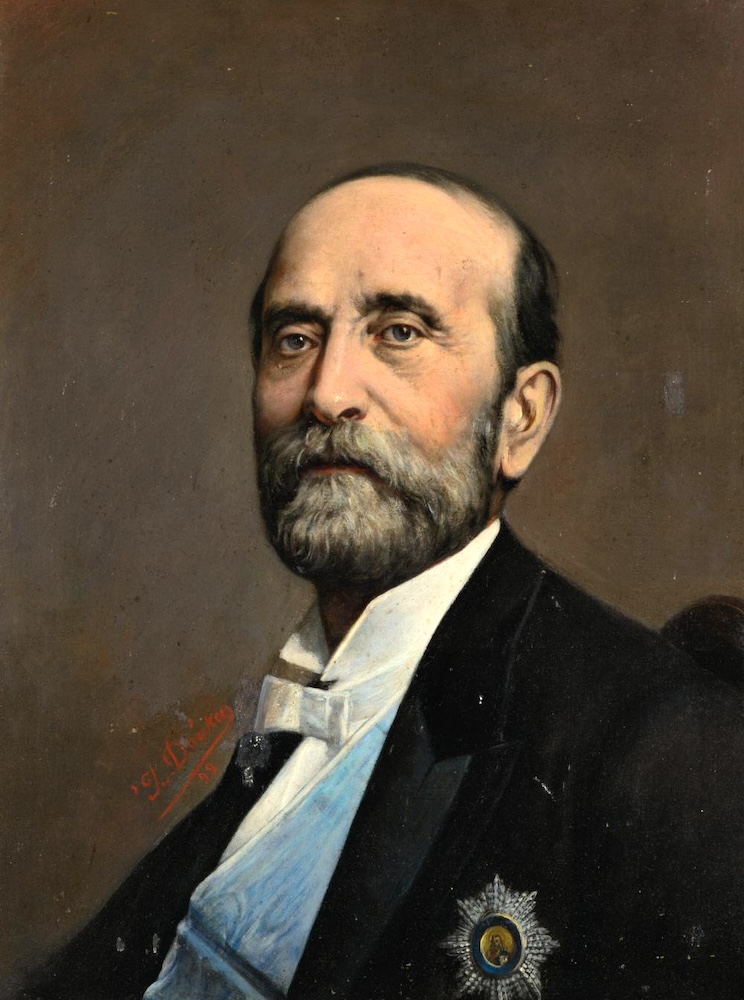
Author’s Note: This column is dedicated to my son, Petros Ladas, and my granddaughter, Silvia McClanahan, who were always ready to come to the rescue; and especially to all the doctors, nurses, and staff at the marvelous Syngrou Hospital.
ATHENS Greece—(Hubris)—November/December 2024—Ever since I stopped scratching the skin off half my body, I’ve been itching to tell this tale. It all started in the winter when my back started sprouting little red spots—you know, right between the shoulder blades, which are often tantalizingly out of reach.
Naturally, I went to see a dermatologist, the first of four. She was perhaps the worst, telling me to “avoid histamines.” I had never heard of histamines, only antihistamines, and it had never occurred to me to inquire what those familiar antiallergy pills might be working against. So, Google to the rescue, and I discovered that histamines exist in or are provoked by almost all foods. So, this would mean a starvation diet without determining what I might be allergic to.
A no-brainer. My GP agreed but had no more concrete advice. Then a friend told me about a marvelous woman with an unusual, alternative profession—kinesiology, a word based on the Greek for movement—which involves, as part of its toolkit, “asking your body what it accepts and what it rejects. “After a most agreeable hour, she recommended that I stay off dairy products (except for my home-fermented kefir) for six weeks (except for my home-fermented kefir). Of course, for some time, I had also abstained from bread and had got used to airy rice crackers, sort of. But the itching continued.
The next dermatologist seemed to be on the right track. “I think it is a combination of age, stress, and drugs.” So, with the permission of my cardiologist, I stopped the horrible blood thinners that were creating varying shade of purple on the “onion paper” skin of my arms and legs. Still no relief.
And when the itching moved from the back and chest to thighs, arms, and calves, I used to joke that I was black and white and red all over; no longer simply white, but a new variant.
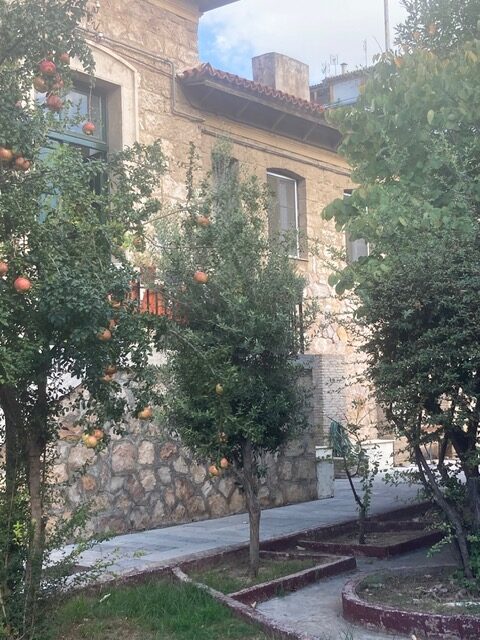
So back on the meds, while I sought out soothing lotions, from calamine to wildly expensive brands, in nearby pharmacies, homeopathic and conventional. Some offered temporary comfort, but often I would wake up three to four times in the night to apply more. Morpheus was elusive, as I needed stronger and stronger sleeping pills to catch even 30 winks.
By now, our warm Greek winter had turned into an even warmer, rainless spring, harbinger of the hottest summer the planet has ever known in the Anthropocene era.
Here in Athens, it was like a second lockdown: too hot to go for a walk, sit on the balcony, see friends. Air-conditioned supermarkets were the only escape. And then other health issues—not just mine—surfaced, in July and especially in August when all Greek doctors are on leave. Before the Great Exodus, I tried two more dermatologists. One prescribed a cortisone cream, the other an antihistamine so strong I had to stop after two days it made me so dizzy! Neither inspired confidence.
Interestingly, all of them charged 60-70 Euros for a cursory ten-minute visit.
By early September, it was obvious that something radical was needed. I had lost 10 kilos, was wan and peaked, new sores popping up everywhere and old ones peeling.
My GP advised me to check in at the Syngrou Skin Hospital a few blocks from the Hilton Hotel, but worlds apart in every other way. It opened in 1910 and has kept its original layout—low buildings linked by tree- and shrub-lined paths. Friends had warned me that it was labyrinthine, and you could easily go astray looking for the labs or offices, but what impressed me was its human scale and the human approach of the doctors and nurses, mostly young, kind, and ready to smile but also serious and looking at their patients holistically, as individuals, not just in terms of their ailments.
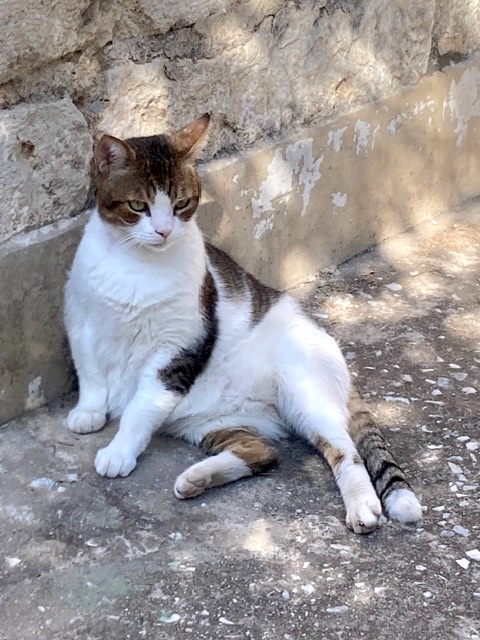
I was ushered into my room, a pleasant three-bedder, and introduced to my roommates as “Kali parea” (good company—and they were, quiet and pleasant, with complaints far worse than my own). Blood tests, X-rays, a skin biopsy, and monitoring of blood pressure, blood sugar, and pulse rate three or four times a day. And they started me on cortisone, which can be a miracle drug.
But what worked the real miracle and really cleared me of the itching was the ability to be outside; to step into the courtyard near our room and do some Yoga and Qi Gong, which I had not mustered up the energy for in months, or just to sit and read, in the company of the hospital mascot, the very well-fed Alexandros the cat. Or take walks along the paths, exploring the labyrinth outside, smelling the lavender and admiring the almost pink pomegranates.
Athens owes a lot to Andreas Syngros, a banker from Constantinople, and especially to his wife, Iphigenia née Mavrogordatos, who outlived him by 22 years. They moved to Greece in 1870, and he raked in enormous amounts of money, sometimes profiting from or even triggering bankruptcies and crises. I also like to think of him as a Greek robber baron, the equivalent of Andrew Carnegie or John D. Rockefeller, because he contributed so much to worthy causes: huge projects like the Corinth Canal and Syngrou Avenue, that leads from Constitution Square to the sea at Faliron, as well as orphanages, schools, etc.
But it was his wife who built the hospital that bears his name and donated their huge estate (950 acres between the northern suburbs of Maroussi and Kifissia—literally in my backyard) to the Greek Ministry of Agriculture to be used solely for teaching purposes. With its olive, almond, and pistachio groves, vineyards, playing fields, and their mansion and Gothic-style chapel designed by Ernst Ziller, it is the only old-growth forest in the Athens area, and has resisted all attempts by various mayors and politicians to turn it into a Disneyland.
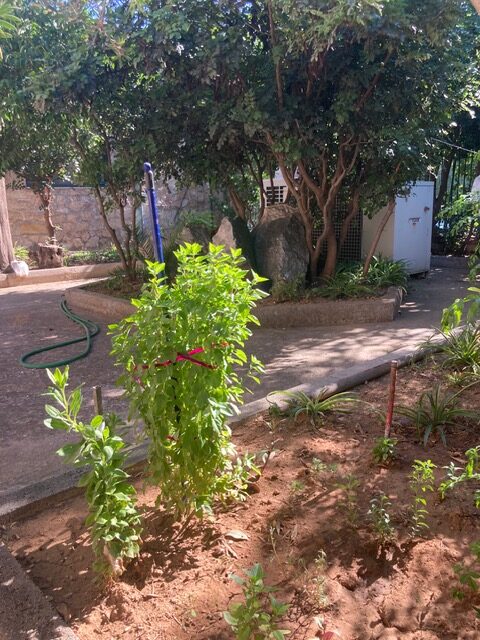
My weeklong stay at the Syngrou Hospital was like a holiday. If it had had a pool, it would have been perfect. I was stress-free, looking after only myself, leading a life of leisure, making friends with the nurses and other patients in the courtyard (where lots of old men came to smoke), having a leisurely cappuccino freddo in the low-key outdoor café. I could relax, knowing that my 99-year-old soulmate was being tenderly cared for by his beloved granddaughter, who had flown down from Germany to come to our rescue.
And I emerged reborn, free of all itching, with rosy cheeks, and bursting with energy. Pourvu que ça dure, as Napoleon’s mother is alleged to have said when told her son had just crowned himself emperor. Long May it Last!
But the best thing about my amazing sojourn in the hospital is that it was all FREE! I did not pay a single Euro, for the room, for the care, for the meds and tests. Long Live Socialized Medicine!
Naturally, no hospital is perfect, and Syngrou had perhaps the worst food I have ever encountered. The cheerful woman would bring in our trays and, voilà, there would be a hard-boiled egg, white bread, a hard-boiled chunk of chicken breast, some sort of un-sauced pasta, sometimes both for lunch and dinner. At least there was always a pear or an apple.
I would not have survived had not my wonderful son, who helped me through the admission hoops, come every evening with something salt-free but delicious—lentil soup, chicken curry, and these wonderful youvarlakia, the ultimate comfort food—all prepared by a dear friend. He also brought sugar-free cakes and cookies, “for that bit of sweet that makes the meal complete,” as my father always said.
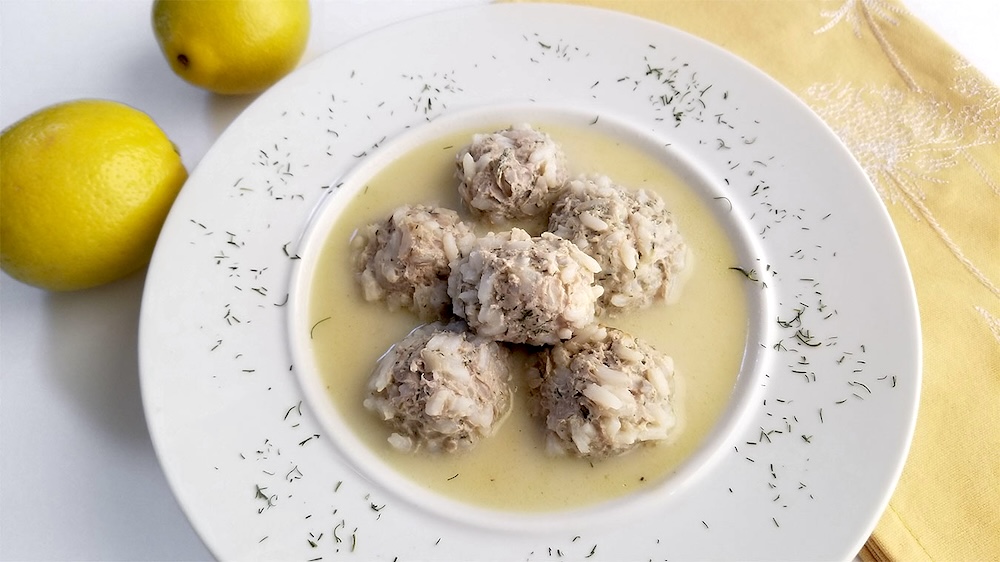
Recipe
Youvarlakia, Meat-and-Rice Balls in Egg-Lemon Sauce
These meatballs float in a rich sauce, so that they are something between a soup and a stew.
Ingredients (for 4-6 generous servings):
1 lb ground beef
½ cup long-grain rice
1 cup finely chopped onion
Garlic cloves, crushed (as many as you like)
1 cup finely chopped parsley
1 tbsp chopped mint
1 tsp crumbled oregano
1 egg yolk
Salt and pepper to taste
2-3 tbsp olive oil
For the egg-lemon sauce:
2-3 eggs, separated, at room temperature
Strained juice of 1-2 large lemons, grated if desired for extra flavor
Preparation:
Mix together the meat, rice, onions, garlic and herbs. Add the egg yolk and then shape into balls about the size of a Ping-Pong ball.
Heat the oil and enough water to cover the balls in a large pot and, when boiling, add the meat/rice balls and simmer, covered, for about 35 minutes. Add extra water if necessary.
When the rice is soft, remove from the heat and make the sauce.
In a large bowl beat the egg whites until fairly stiff; then beat the yolks in a separate bowl. Add the lemon juice very slowly to the yolks, beating constantly. Now stir this mixture slowly into the egg whites. Add two cups of the youvarlakia cooking liquid to the egg-lemon bowl, still stirring. Pour this liquid, a little at a time, back into the pot, stirring in one direction only. Reheat the liquid, with the lemon zest, without allowing it to boil until it has thickened into a sauce.
Enjoy!
PS My editor has relegated my photo of a typical Syngrou meal tray to the very end of this column, so as not to spoil readers’ appetites.
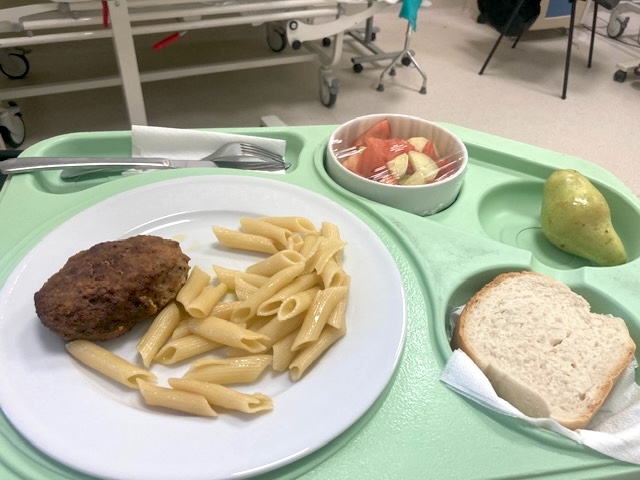
![]()
To order the paperback book, click on the book cover below:

